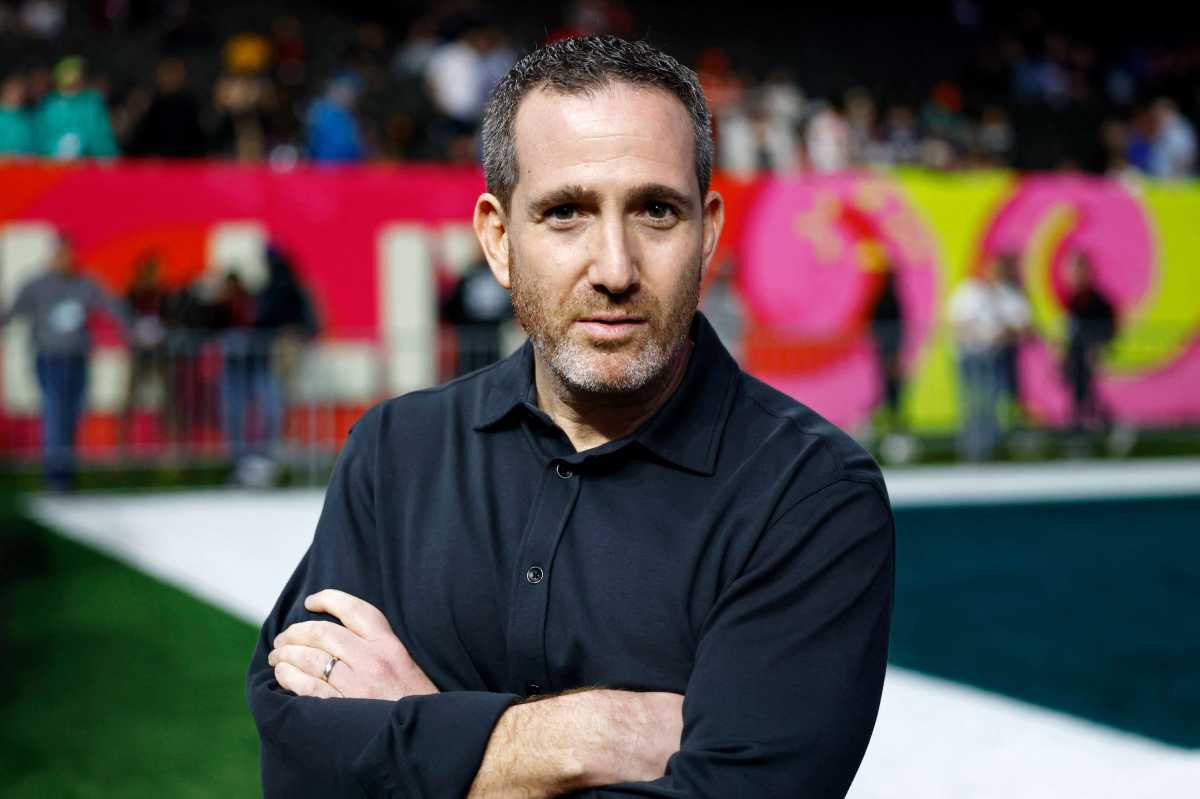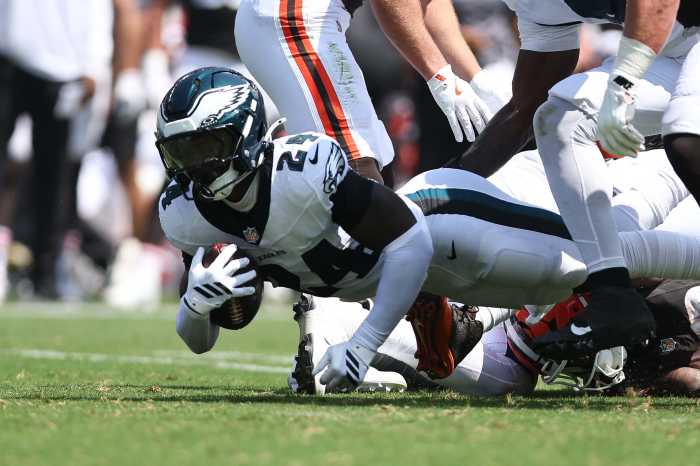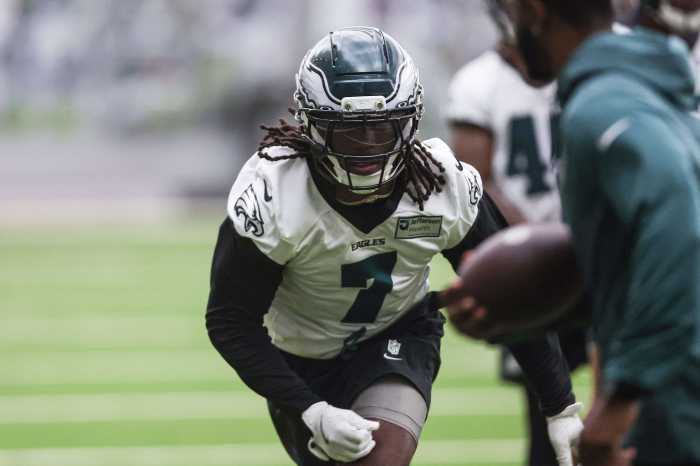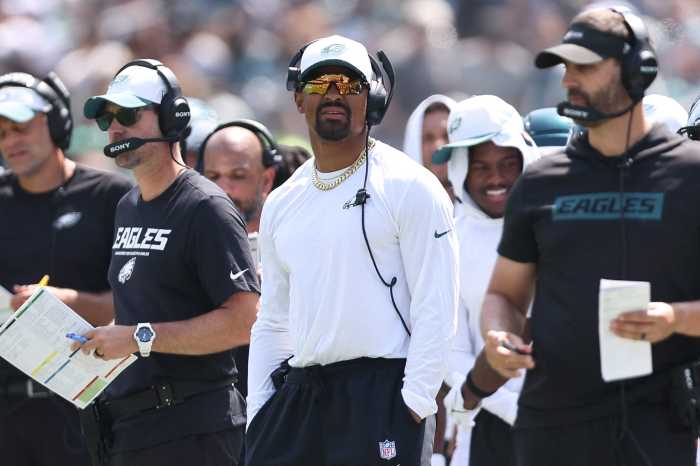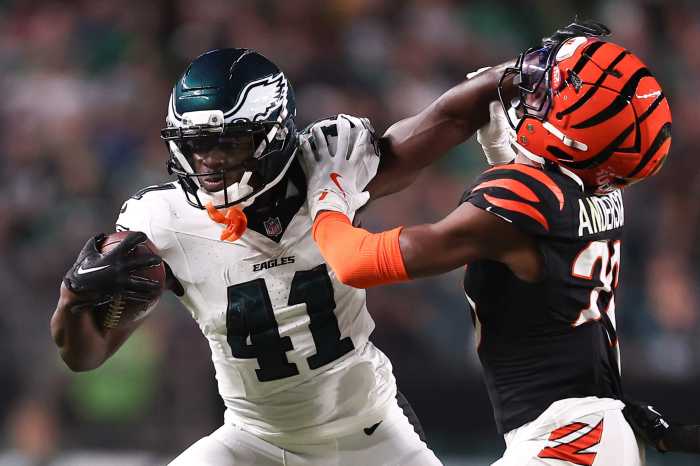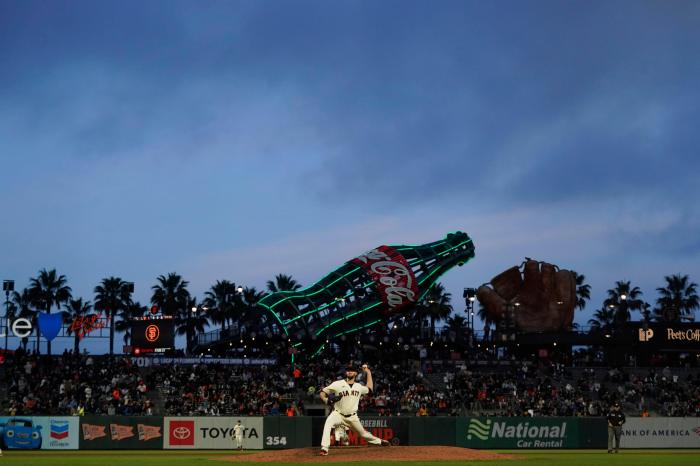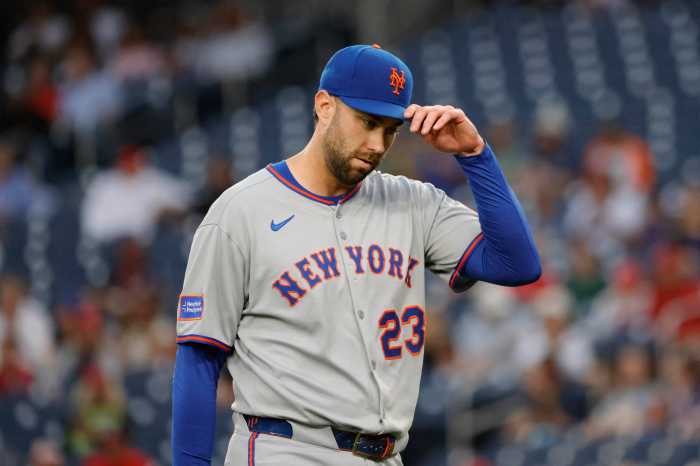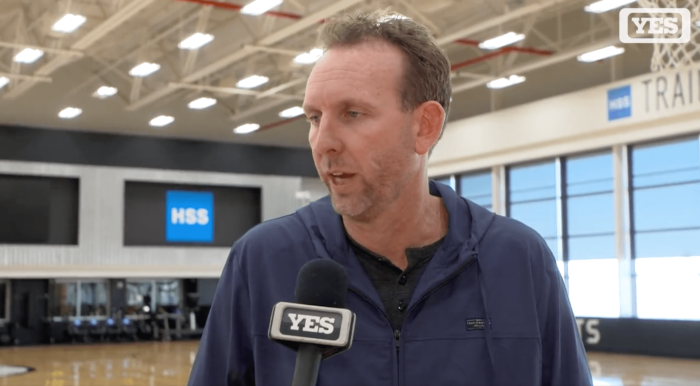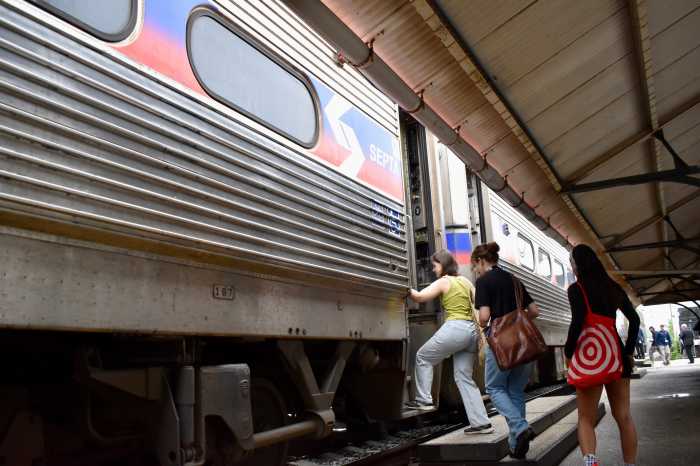When it comes to sustained roster building, no team in the NFL has managed the balance between immediate contention and long-term flexibility as well as the Philadelphia Eagles. Behind the curtain is a strategy built on timing, projection, and control. One that starts with the draft and is reinforced through deliberate cap management.
This isn’t a team that reacts. This is a team that prepares and dictates.
Drafting for Tomorrow, Not Today
At the core of the Eagles’ team-building philosophy is the belief that positional value matters and that needs should be met one to two years in advance. It’s why you rarely see Philadelphia on the clock with their hand forced. You don’t see them reaching for a guard because one just retired or chasing a QB because the room is empty. The Eagles aim to make premium picks from a position of strength, not desperation. You can trace this strategy through their recent drafts.
Howie Roseman and his front office don’t get every pick right, Jalen Reagor is a painful reminder of that, but one of the regime’s enduring strengths is its ability to pivot without ego. The 2020 miss on Reagor was followed by the selection of DeVonta Smith in 2021 and the blockbuster trade for A.J. Brown in 2022. Wide receiver is a solved position.
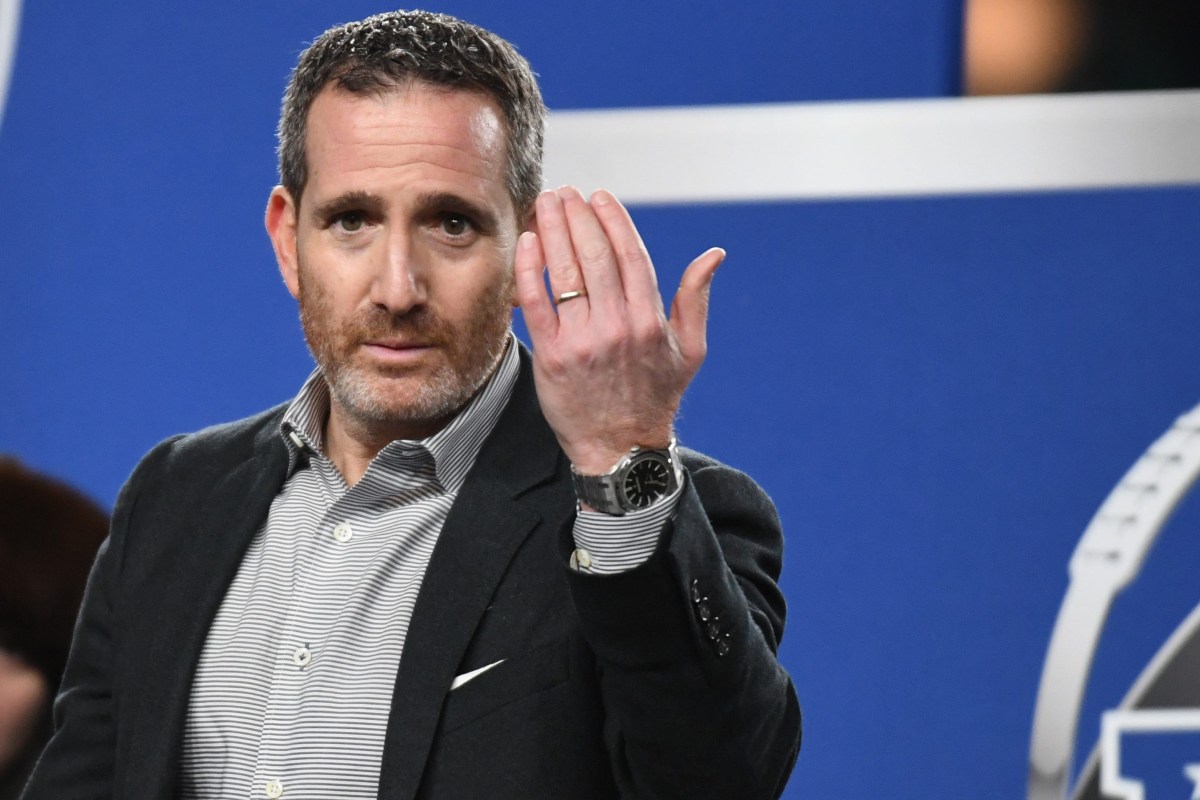
The Eagles knew Fletcher Cox would retire, and that they were not likely to extend Javon Hargrave, so they drafted Milton Williams, Jordan Davis, and Jalen Carter in successive years. They also added depth to the position by selecting Moro Ojomo in round seven in 2023, bookending that draft with two future d-line starters.
Both of the positions, WR and DT, were intentional investments based not only on future positional needs, but also on projecting the future costs.
Understanding the Cap and the Plan
Let’s make something clear: the salary cap is real. But the Eagles’ front office doesn’t fear it; they use it.
The Eagles’ draft trends reflect their view of positional inflation. They’ve made proactive investments in positions they anticipate will increase in cost, such as the aforementioned wide receiver and defensive tackle. They also invest long-term in players they know will be in Philly for a long time.
Look at how they’ve structured extensions for core players like Landon Dickerson and DeVonta Smith. The early years are cap-friendly, while the late-year hits balloon with the understanding that those deals will be renegotiated before they ever become a problem. That flexibility only exists for cornerstone players, guys who will likely be extended again, not cut loose.
In other words, they’re not deferring payments on rentals. They’re structuring around their future.
This strategy enables them to advance funds, invest in the roster now, and plan for future extensions. It also helps that the cap continues to rise annually. In a rising economy, the same dollar costs less tomorrow. Simple math, smart timing.
Since the pandemic, the league’s average dead cap percentage has nearly tripled. Prior to the COVID-19 pandemic, teams averaged 12% of their cap in dead money. Since 2021, that figure has hovered around 30%. The Eagles have taken it even further, averaging $60M in dead cap from 2021 through 2023. And they wear it like a badge.
The Future
It’s clear where the Eagles want to draft and where they want to spend. Their positional spending aligns directly with where league value lives. They draft early and often at high-salary positions, invest in development, and spend creatively on depth or stopgap roles. There’s symmetry in their process, and every part of those decisions serves the bigger picture.
“ You just gotta take good players, and accumulate good players at important positions, and everything else works out.” (via Pardon My Take) Howie Roseman
The Eagles’ Philosophy
Plan ahead, invest early, spend wisely, and stay adaptable. It’s not perfect, but it’s proven to be better than almost everyone else, and more importantly, it’s built to last and built to win.
As always, thank you for reading!
Follow me on X @PHLEagleNews

